Metro Crossair
Production Time 9 to 10 weeks
Shipment is by FedEx, UPS or DHL International Express Courier with a normal door-to-door delivery time worldwide of within 2-3 business days after dispatch. Due to the current volatility of world fuel prices, the amount mentioned here is our best estimate for DHL and UPS and may be subject to change at the time of shipping.

Model Description: Metro Crossair Wood Replica Scale Custom Model Aircraft
Manufacturer: Crossair Ltd. Co
Wingspan: 16.3 Inches (41.4 Centimeters)
Height: 4.8 Inches (12.2 Centimeters)
Scale: 1:42
Registration: HB-LNE
$239.50
Production Time 9 to 10 weeks
-
United States dollar ($)
-
Pound sterling (£)
-
Euro (€)
-
Australian dollar ($)
-
Canadian dollar ($)
-
Singapore dollar ($)
-
Swiss franc (CHF)
-
Japanese yen (¥)
-
Danish krone (kr.)
-
Hong Kong dollar ($)
-
Norwegian krone (kr)
-
Swedish krona (kr)
-
United Arab Emirates dirham (د.إ)
General Product Description
Our PlaneArts Metro Crossair model exhibits unique, unrivaled quality and detailed design to come as close as possible to the accuracy of the actual plane. It comes as standard with a robust, durable base or stand which is available in a variety of different finishes designed to match your own personal requirements including solid wood, wood with polished metal supports or adjustable wood wall mount and will be ready within about 9-10 weeks from placement of order.
The Metro Crossair model is made of the finest kiln dried renewable mahogany wood (commonly known as Lauan or Meranti) which has undergone many stages of carving and meticulous and careful sanding giving the beautiful finished museum quality masterpiece. Many collectors and model connoisseurs demonstrate their preference for genuine handmade and hand painted mahogany wood models rather than plastic or die cast (diecast) alternatives due to the overall look and totally different feel of the item - we trust you will find the same. We can, however, if required produce the same model in Solid Cast Resin so just click and contact us us for further information. Our craftsmen and gifted artisans ensure that our finely handcrafted model airplanes match the precise blueprint details of the original aircraft. The paint scheme, markings and parts are closely matched, reflecting the original aircraft. This stylish top-quality desktop replica model will surely enthrall anyone who receives this as a gift and for sure one of the most appropriate and desirably collectable gifts for any aviation enthusiast and avid aircraft collector whilst also displaying a perfect resemblance to the actual aircraft.
If you require we can also make the Metro Crossair model in any other airline, private livery or colour scheme you require and if necessary in a different size or scale. Just click here to contact us with a description or photographs of what you require, and we will let you have a quotation for the necessary customization by return email. We can also make bespoke scale replicas of any other private / civil commercial airliner or airliners, helicopter, glider, gliders with engines, military jet, warplane jets, propeller warplanes, biplane, triplane, tail fin, spacecraft, rocket or NASA model you require in any airline, military or civilian livery or colors. We also produce model airships, blimp, dirigible, blimps, boat and ship collectibles. Wall plaque or seal for military, government or private customers. Again, by clicking here to contact us just let us know exactly what you need.
The Metro Crossair: Navigating the Future of Urban Mobility
In the bustling corridors of modern cities, the quest for efficient and sustainable transportation systems has led to significant innovations. Among these, the Metro Crossair emerges as a revolutionary concept designed to redefine urban transit. The Metro Crossair, a state-of-the-art transportation system, blends the best of underground and aerial solutions to facilitate faster, cleaner, and more efficient city travel. This article delves into the technology, benefits, challenges, and potential impacts of the Metro Crossair on urban mobility.
Technology and Design:
The Metro Crossair system features a unique dual-modality approach to transportation. It combines underground metro lines with aerial cable cars, allowing for seamless integration of vertical and horizontal transit solutions. This hybrid model leverages cutting-edge technologies, such as autonomous control systems for synchronized operations and green technology for sustainable energy use.
The design focuses on reducing congestion in urban centers. By utilizing airspace and subterranean routes, the Metro Crossair minimizes the urban footprint of transit systems while maximizing coverage and accessibility. Each station is equipped with advanced docking systems that ensure smooth transitions between the metro and cable cars, catering to high passenger volumes with minimal delays.
Benefits:
The primary advantages of the Metro Crossair system include:
- Efficiency: With direct routes and reduced stoppage times, commuters can enjoy faster travel compared to traditional public transport systems.
- Reduced Congestion: By diverting traffic both above and below ground, the system alleviates surface-level congestion, contributing to smoother city travel.
- Environmental Impact: The use of renewable energy sources and the reduction in vehicular emissions contribute to a smaller carbon footprint.
- Scalability: The modular nature of the Metro Crossair allows cities to expand transportation networks without extensive disruption to existing infrastructure.
Challenges:
Despite its innovative approach, the Metro Crossair faces several challenges:
- High Initial Investment: The cost of constructing and integrating aerial and subterranean systems can be prohibitively high, especially for cities with limited budgets.
- Technical Complexity: Managing a dual-mode transit system requires advanced technology and skilled personnel, potentially increasing operational costs and complexity.
- Regulatory Hurdles: Implementing a system that traverses multiple urban layers involves navigating complex regulatory frameworks and safety standards.
- Public Acceptance: Convincing the public to adapt to a new mode of transportation involves overcoming ingrained habits and perceptions about safety and convenience.
Case Studies and Future Prospects:
Several cities around the world are considering pilot programs for the Metro Crossair. Urban centers with high density and limited space, such as Tokyo, New York, and Paris, are ideal candidates for this system. Preliminary simulations suggest that in cities like these, the Metro Crossair could reduce travel time by up to 30% and cut emissions by 40%.
Looking ahead, the integration of the Metro Crossair with other forms of transport, such as electric buses and autonomous vehicles, could create a fully integrated urban transit ecosystem. As technology advances and costs decrease, the feasibility of the Metro Crossair will increase, potentially making it a common feature in cities worldwide.
Conclusion:
The Metro Crossair represents a bold step forward in urban transportation. By combining the efficiency of metros with the versatility of cable cars, it offers a promising solution to the challenges of modern urban mobility. While there are hurdles to overcome, the potential benefits in terms of efficiency, environmental impact, and quality of urban life are substantial. As cities continue to grow and seek sustainable solutions, the Metro Crossair could play a pivotal role in shaping the future of urban transit.
| Weight | 6 kg |
|---|---|
| Dimensions | 17 × 16.3 × 4.8 in |

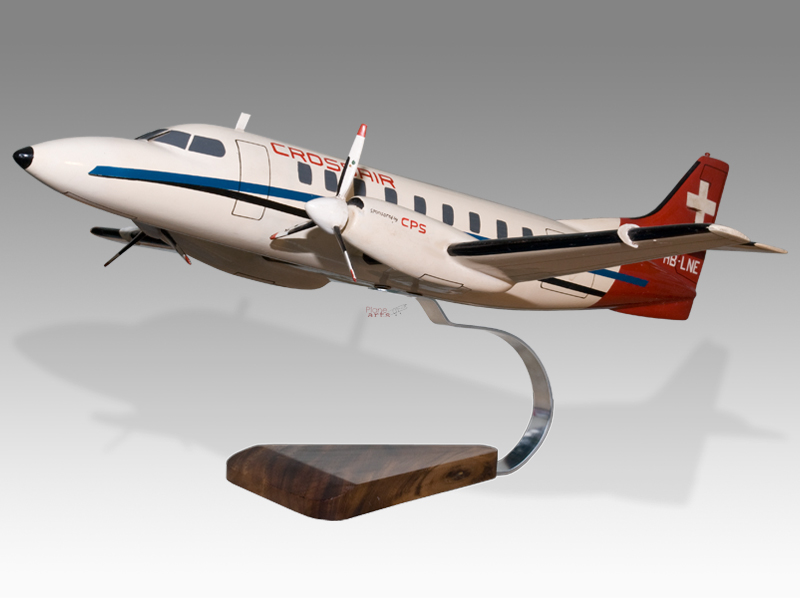

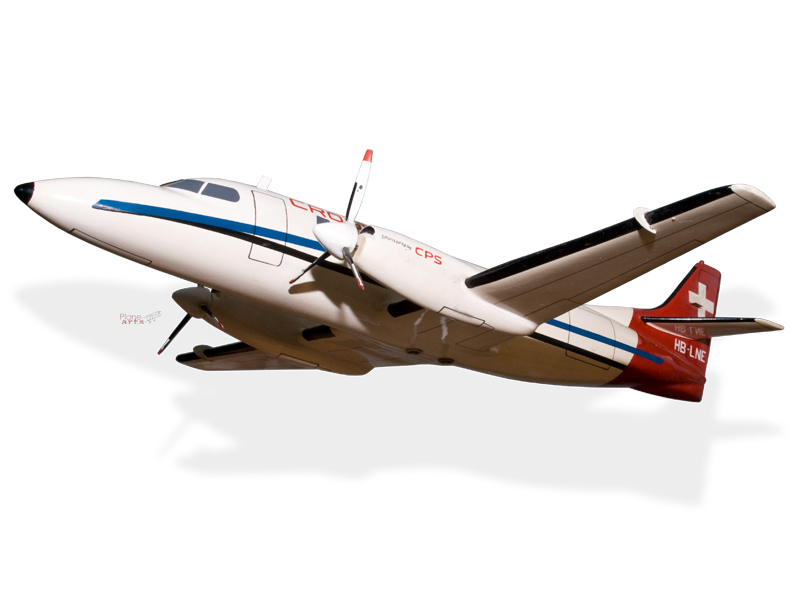
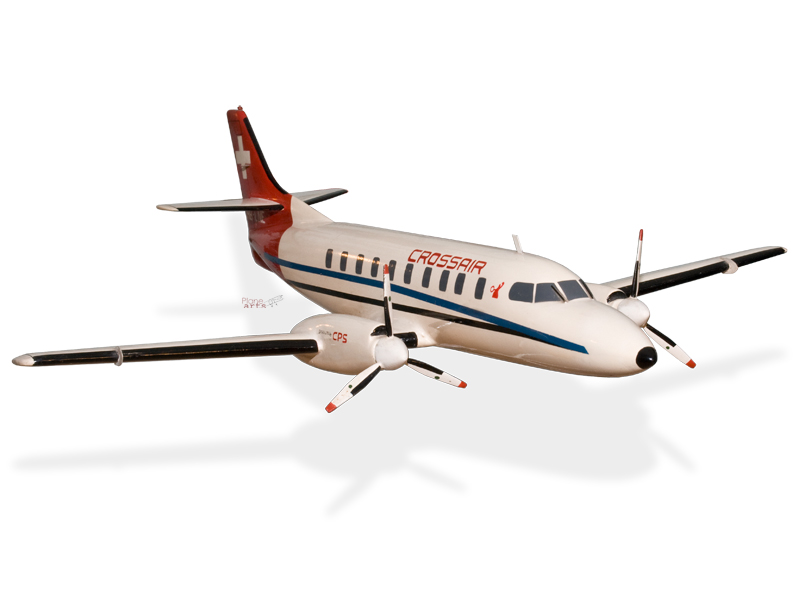
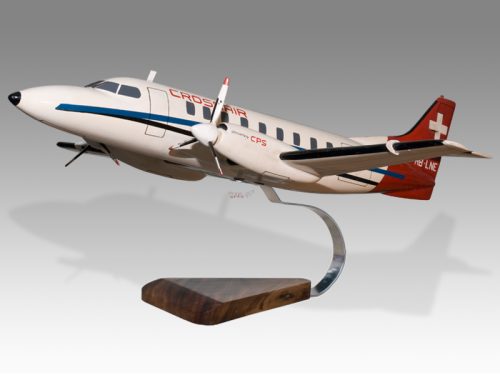
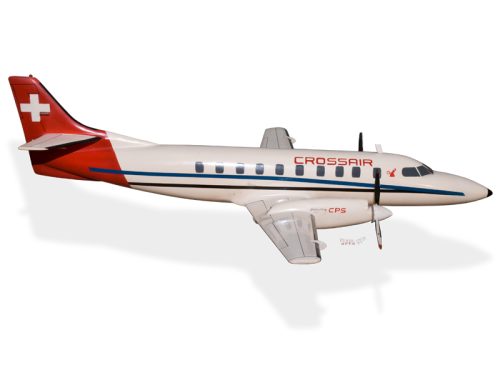
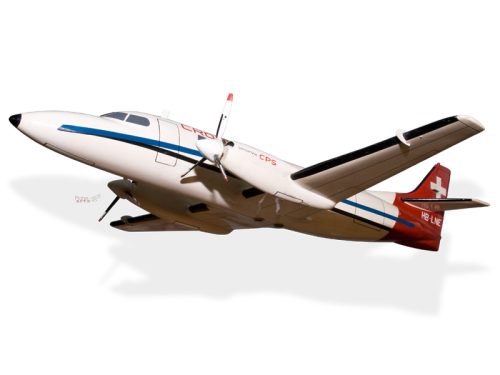

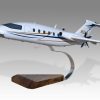
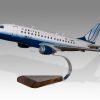
Reviews
There are no reviews yet.